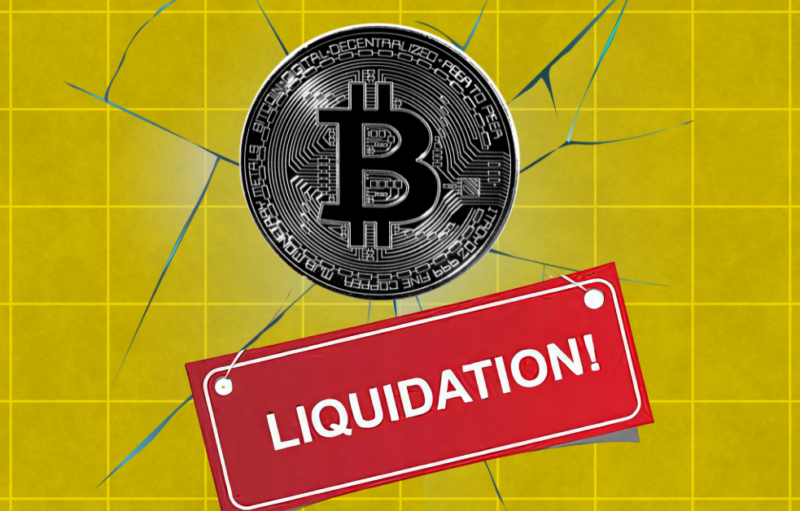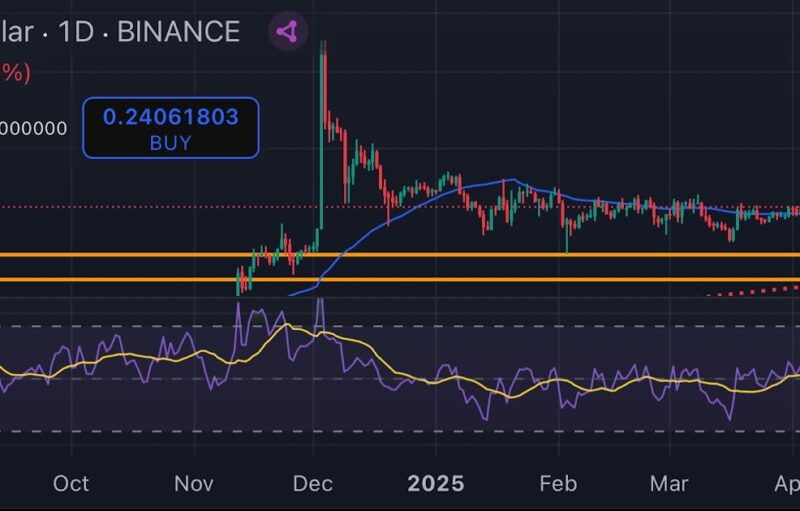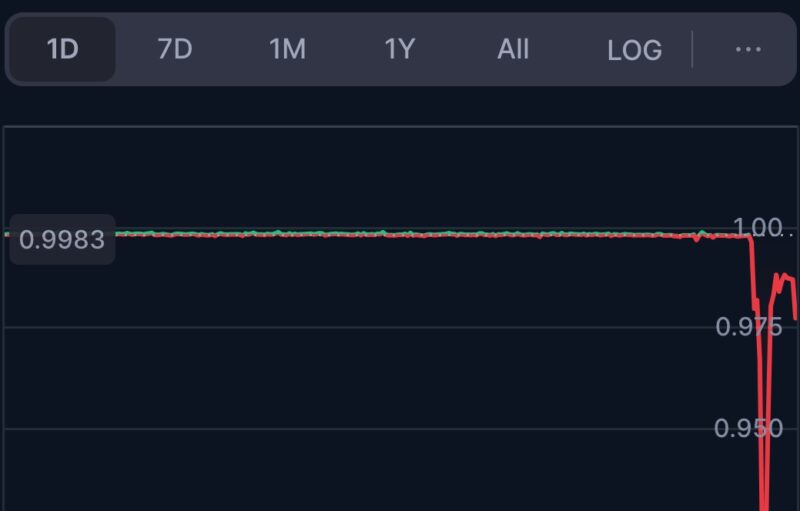Matic Network, a sidechain-based scaling solution for public blockchains, saw its native token skyrocket over 300 percent since late September. The move appears to be correlated with a wave of developments that were intended to expand the token’s utility. Over the last few hours though, its price crashed over 70 percent amid fears of an exit scam.
Matic price chart by TradingView
The Rise
On Sep. 30, Matic Network announced the release of the β-mainnet. This is a second layer solution working on top of the Ethereum protocol where developers can easily build and test their full end-to-end applications.
The release was greatly welcomed by the developer community which began deploying their projects to the Matic mainnet. During this time, MATIC surged over 76 percent to reach a high $0.0177 on Oct. 11.
Among the projects migrating to Matic Network, the one that created more buzz around the community was Battle Racers. This is a blockchain-based arcade racing game.
In mid-November, Altitude Games, the company behind Battle Racers, revealed that the game will be switched to a new sidechain built by Matic Network. All of the Battle Racers non-fungible tokens, including crates and car parts, would be automatically migrated. In addition, the company launched the sale of Season 1 crates with in-game items available in Gold, Silver, Bronze, and Wood varieties.
Following the announcement, MATIC shot up 215 percent. This cryptocurrency went from trading at a low of $0.0136 on Nov. 15 to a high of $0.0427 on Dec. 8.
The effect of Matic developments, chart by TradingView
The Fall
Despite the exponential bullish impulse seen over the last few weeks, Matic Network’s token recently took a nosedive.
MATIC plunged over 73 percent in the last than 24 hours to reach a low of $0.0112.
The fall is likely to have been a response to allegations made by Samuel Gosling, the founder of the self-governing crypto evaluation platform Validity. He believed that the Matic Network Foundation had transferred 1.5 billion MATIC to Binance in the last 50 days. He argued that the Foundation was trying to liquidate 15 percent of the total supply, worth over $67 million.
Binance CEO, Changpeng Zhao, defended its launchpad alumni by attributing the fall to unjustified panic selling among investors.
“Our team is still investigating the data, but it’s already clear that the MATIC team has nothing to do with it. A number of big traders panicked, causing a cycle. Going to be a tough call on how much an exchange should interfere with people’s trading,” he tweeted.
Later on, the Matic Network team issued an official statement attributing the downward push to allegations of a “FUD account.”
Gosling later recanted on his findings, noting:
“It turns out it was only 381,903,830 MATIC (3 percent of the supply) that “seems” has been liquidated, I made a miscalculation and included inputs as well as outputs in my computation.”
Now that the “FUD” has been cleared out, MATIC bounced back over 80 percent and is currently trading around $0.0203. Nevertheless, that is well below its previous levels.
Matic recovery, price chart by TradingView
Moving Forward
Even though the Matic Network team claims that the sell-off was mainly triggered by Gosling’s allegations, there are those who argue it was due to low liquidity. Alex Krüger, a renowned analyst in the crypto community, believes that a mismatch between sell and buy orders could have caused the plunge.
“What happened with MATIC can happen to any token. It would be very surprising for it to happen to the large caps, but it can still happen. Adjust selling volume by market cap or order book liquidity, and presto. Hence why crypto is Traders’ Paradise, Investors’ Hell,” explained Krüger.
Regardless of the reasons behind it, this is a vivid example of the risks of cryptocurrency trading. It’s important to use tools such as stop-loss orders, and remembering to diversify portfolios to prevent massive losses.
The post appeared first on CryptoBriefing







